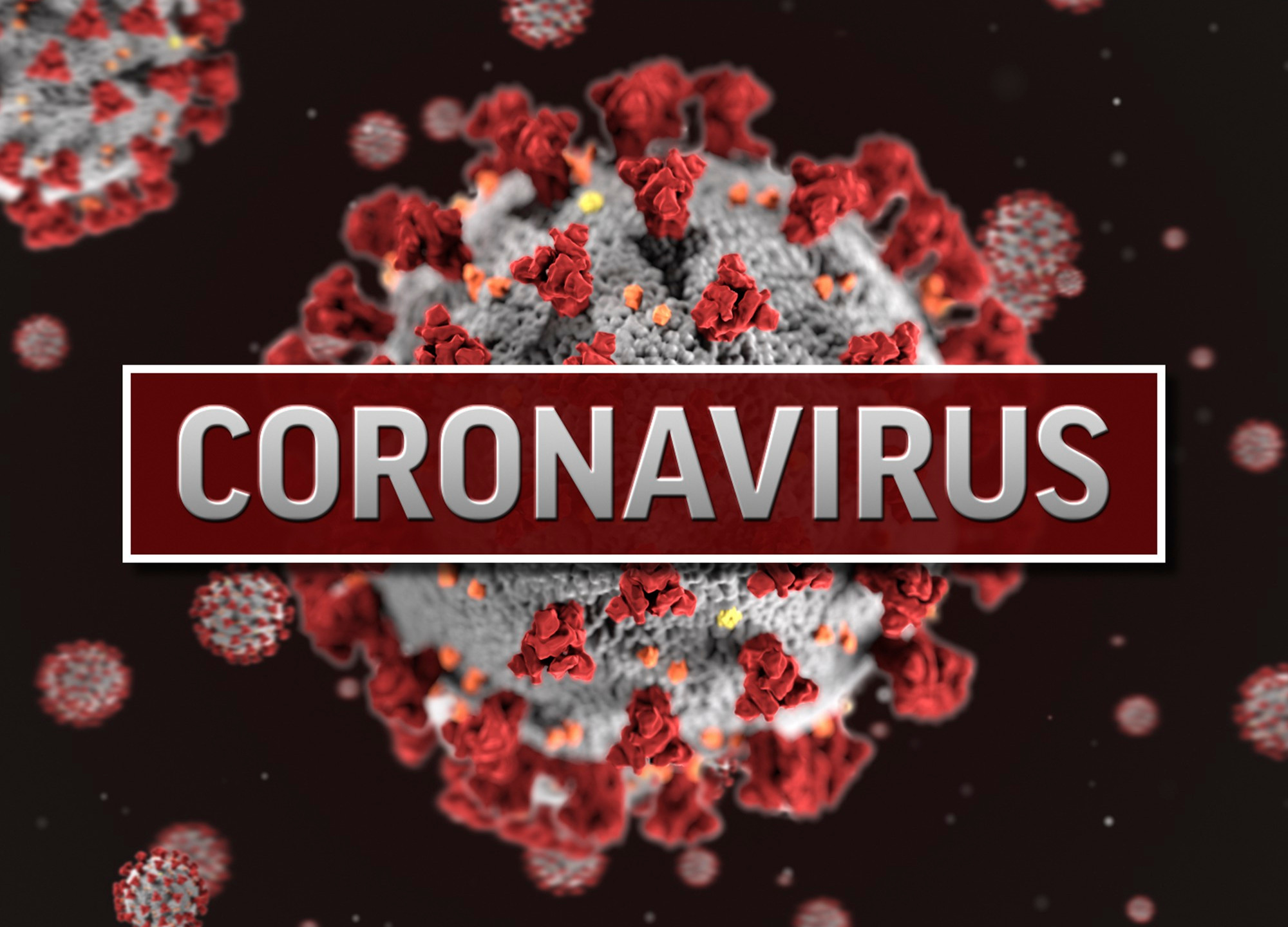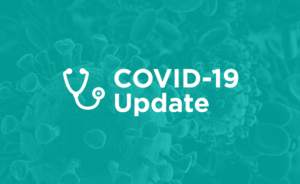

On March 18th, 2020 The Senate passed the Families First Coronavirus Response Act today, an economic stimulus plan aimed at addressing the impact of the COVID-19 outbreak on Americans and introducing paid sick leave and an expanded family and medical leave act to the nation’s employers. The leave provisions will go into effect on April 2, 2020 and would remain in place until the end of 2020.
This Act includes many provisions which apply to employers, such as paid sick leave for employees impacted by COVID-19 and those serving as caregivers for individuals with COVID-19. While the Act also contains several provisions to increase funding for familiar benefit programs, like WIC and SNAP, this blog post highlights the key benefit provisions of the Act which affect employers.

How are employers affected?
There are two provisions providing paid leave to employees forced to miss work because of the COVID-19 outbreak: an emergency expansion of the Family Medical Leave Act (FMLA) and a new federal paid sick leave law.
Emergency Family and Medical Leave Expansion Act
The Act significantly amends and expands FMLA on a temporary basis. The current employee threshold for FMLA coverage would change from only covering employers with 50 or more employees to instead covering those employers with fewer than 500 employees. It also lowers the eligibility requirement such that any employee who has worked for the employer for at least 30 days prior to the designated leave may be eligible to receive paid family and medical leave.
Many employers across this great nation who were not previously subject to the FMLA may be required to provide job-protected leave to employees for a COVID-19 coronavirus-designated reason. Both provisions allow an employer of an employee who is a healthcare provider or an emergency responder to elect to exclude the employee from the application of these two provisions.
In addition, they both allow subsequent U.S. Department of Labor regulations to exempt small businesses with fewer than 50 employees when the provision would jeopardize the viability of the business as a going concern.
Is this paid leave?
The first 10 days of this leave may be unpaid; however, employees may elect to substitute available paid time off, such as vacation, personal or sick leave, during this time.
After the initial 10 days, employers must pay eligible employees at least two-thirds of the employees’ regular rate of pay (as defined under the Fair Labor Standards Act) based on the number of hours the employees would otherwise have been scheduled to work. These paid-family-leave benefits are capped at $200 a day (or $10,000 total).
Are there exceptions for employers?
An employee working for a health care provider or an emergency responder can be excluded from these requirements by his or her employer.
A small employer with fewer than 25 employees is not obligated to reinstate an employee at the end of his or her leave if the employee’s position has been eliminated due to economic conditions or other changes in operating conditions of the employer caused by COVID-19, and the employer is unable to reinstate the employee to an equivalent position.
Employers with 25 or more employees will have the same obligation as under traditional FMLA to return any employee who has taken Emergency FMLA to the same or equivalent position upon the return to work.
Reasons for Paid Sick Leave
The Act allows an eligible employee to take paid sick leave because the employee is:
Sick Leave Benefit(s)
Full-time employees receive 80 hours of paid sick leave. Part-time employees receive the equivalent of the number of hours they would work, on average, during a two-week period.
The Secretary of Labor is required to issue guidelines to assist employers in calculating leave benefits by April 2. The employer can seek reimbursement for the wages paid to employees taking emergency paid sick leave through tax credits applicable to the employer’s portion of Social Security taxes.
Employee Use of Sick Leave
All eligible employees may use paid sick time beginning on April 2. Employers may not require eligible employees to first use other paid leave provided by the employer before using paid sick leave under the Act, so this leave is in addition to any paid sick leave or PTO currently provided by employers.
Employers may require employees to follow reasonable notice procedures to continue receiving such paid sick time after the first workday (or portion thereof) an employee receives paid sick time under this Act. In other words, employers may not require employees to provide advance notice prior to the first workday on which the employee takes paid sick leave under the Act.
Employer Posting Requirement
Employers must post a notice that advises employees of their rights under the Act. The Secretary of Labor is required to create a notice by March 25.
Employee Return to Work
For employers with 25 or more employees, an employee returning from expanded FMLA leave is entitled to reinstatement to the same or an equivalent position. For employers with fewer than 25 employees, an employee returning from expanded FMLA leave is entitled to reinstatement to the position held by the employee when the leave commenced unless that position does not exist due to economic conditions or other changes in operating conditions caused by the public health emergency.
Tax Credits for Employers
Employers will be provided refundable tax credits against their employer portion of Social Security taxes for 100% of the qualified sick leave and family leave wages paid in accordance with the Act.
Will an employer have to pay out unused emergency paid sick leave if the employee separates from its employment?
An employer is not required to pay unused paid sick leave if an employee separates from employment.
Our team at Payroll Medics will continue to monitor this rapidly developing situation and provide updates as appropriate. For further information or advice on how to satisfy notice requirements as an employer, contact your client service representative or any of our team members here